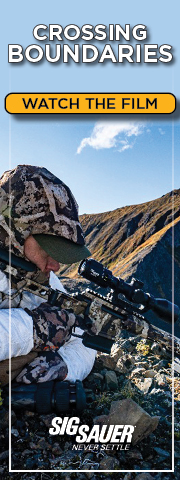One of my most favorites terrain spots to hunt are fingers ridges.
Typically, the elk are moving up from the bottom and coming up to bed.
I have made a few aerial diagrams of how I approach hunting finger ridges
Here is a classic location of an area I would look for.
Dark timber are on the north slopes and sage opening on the south facing
Typically, the elk are moving up from the bottom and coming up to bed.
I have made a few aerial diagrams of how I approach hunting finger ridges
Here is a classic location of an area I would look for.
Dark timber are on the north slopes and sage opening on the south facing



